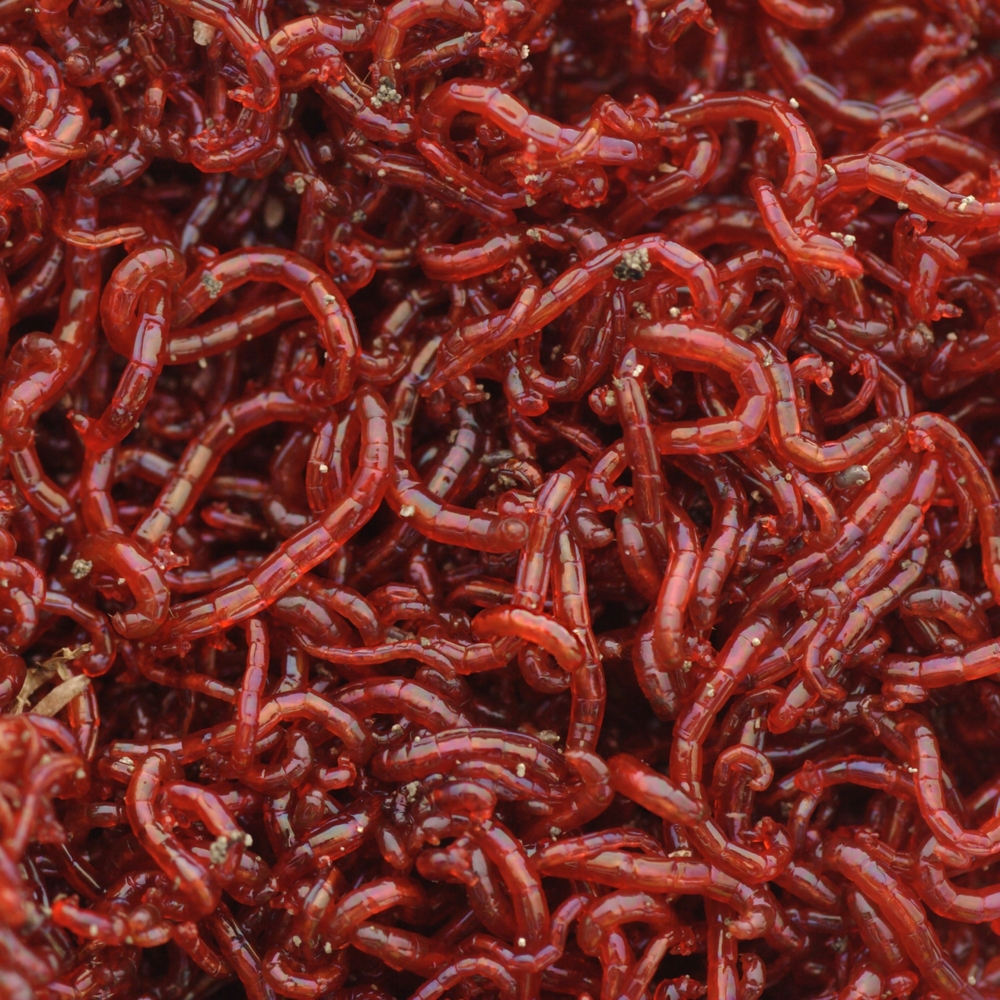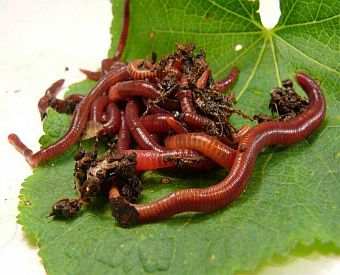How Red Wigglers Can Boost Your Organic Waste Recycling
Red wigglers stand for a critical element in boosting organic waste recycling, successfully transforming everyday kitchen area scraps and yard particles into important worm castings. This procedure not just mitigates the volume of waste sent to land fills but likewise enhances dirt vigor, advertising healthier plant growth without the need for synthetic fertilizers. Recognizing the intricacies of establishing a vermicomposting system and the ideal take care of these worms can significantly amplify the benefits. The concern stays: just how can one efficiently incorporate this technique right into their regular to maximize impact?

Benefits of Red Wigglers
Red wigglers, a kind of composting earthworm, deal various advantages that make them very useful in organic waste recycling. These worms can refine kitchen area scraps, garden waste, and also paper products, changing them right into nutrient-rich castings.
In addition, red wigglers boost soil aeration and drain via their tunneling activities, advertising a healthier root setting for plants. Their spreadings are rich in advantageous microorganisms and crucial nutrients, promoting durable plant growth and improving soil framework (red wigglers). The use of red wigglers in composting is an ecologically friendly alternative to chemical fertilizers, which can have dangerous side effects.
In addition, vermicomposting with red wigglers is a low-maintenance and efficient method of reusing organic waste, making it easily accessible for households and neighborhoods alike. Their quick reproduction rate makes certain a consistent supply for continuous composting initiatives, better enhancing their advantages. Generally, red wigglers act as an essential part in lasting waste management and soil improvement methods.
Establishing a Vermicomposting System
Creating an effective vermicomposting system calls for careful preparation and factor to consider of numerous factors that add to its success. The foundation of an effective system begins with choosing a proper container. Options range from industrial bins to homemade options, however it is vital that the container is well-ventilated and properly sized to accommodate the variety of red wigglers.
Next, the option of bedding product is essential. Suitable bed linens consists of shredded paper, cardboard, or coconut coir, which offers both a habitat and a resource of carbon for the worms. The bed linens should be moistened but not overly wet to stop anaerobic conditions.
Keeping the optimum environment is crucial. Red wigglers grow in temperatures between 55 ° F and 77 ° F(13 ° C to 25 ° C )and call for a pH level around neutral. Keeping an eye on dampness levels is also critical, as excessive wetness can result in smell troubles, while inadequate can dry the worms.
Lastly, positioning the vermicomposting system in a shaded location shielded from direct sunshine will certainly assist keep a stable environment. With these factors to consider in mind, one can efficiently establish a prospering vermicomposting system that improves natural waste recycling.
What to Feed Red Wigglers
Feeding red wigglers the best products is fundamental to maintaining a healthy vermicomposting system. These worms grow on a varied diet plan mostly composed of natural matter, which includes fruit and vegetable scraps, coffee grounds, crushed eggshells, and shredded paper. It is important to avoid feeding them meat, dairy products, oily foods, or any type of refined items, as these can produce odors, bring in bugs, and result in an undesirable setting.
A well balanced diet plan for red wigglers promotes optimum digestion and nutrient production. Goal for a mix of eco-friendly materials, high in nitrogen, such as vegetable peels and grass cuttings, and brown products, rich in carbon, like dried fallen leaves and cardboard. This equilibrium makes certain a sustainable food resource while maintaining wetness levels in the worm bin.
Additionally, it is a good idea to slice or shred larger scraps to expedite decay and make the food more available to the worms. Routinely monitoring the usage price will assist identify the suitable amount to feed, protecting against overfeeding and maintaining a prospering ecosystem. By supplying a suitable diet regimen, you not just support the wellness of red wigglers however also enhance the effectiveness of your vermicomposting initiatives.
Keeping Your Worm Bin
To ensure the health and wellness and productivity of your vermicomposting system, keeping your worm container is critical. Routine monitoring of dampness levels is crucial; the bedding must be moist but not soggy. If it becomes too wet, excess wetness can result in anaerobic problems, hurting your worms. Conversely, if it is too dry, worms might come to be non-active or die.
Severe temperature levels can stress or kill your worms. To attain this, position your container in a climate-controlled environment away from direct sunshine or warm resources.
Aeration is vital for oxygen flow. Delicately transforming the bedding with a yard fork every few weeks will certainly aid aerate the product and prevent compaction. Additionally, be watchful concerning the bin's smell. A foul scent may indicate overfeeding or an imbalance in the carbon-to-nitrogen proportion. If this takes place, decrease feeding and include more carbon-rich materials like shredded paper or cardboard.
(red worms near me)
Utilizing Worm Spreadings in Horticulture

Worm spreadings, commonly described as "black gold" by garden enthusiasts, are an extremely nourishing natural fertilizer that can dramatically enhance soil health and wellness and plant development. These spreadings are created by red wigglers as they absorb visit their website raw material, resulting in a rich, dark, crumbly compound including valuable microorganisms.
Including worm castings into yard soil boosts its structure, oygenation, and moisture retention, producing an optimum atmosphere for root advancement. The high nutrient content of worm spreadings, consisting of nitrogen, phosphorus, and potassium, adds to strenuous plant development and raised returns. Furthermore, worm castings include vital trace minerals and enzymes that promote the general health of plants, enabling them to better hold up against pests and conditions.
Worm castings can be used directly to the dirt or combined right into potting mixes for container gardening. A slim layer spread over garden beds or contributed to compost heaps can also enhance the microbial activity and nutrient account of the garden compost. As a lasting and environmentally friendly plant food choice, worm castings sustain organic horticulture practices while minimizing reliance on synthetic fertilizers, thus promoting a much healthier ecosystem.
Verdict
Finally, the integration of red wigglers right into organic waste recycling methods provides a sensible option for enhancing soil wellness and promoting sustainable horticulture techniques. By properly disintegrating kitchen area scraps and garden waste, red wigglers add to nutrient-rich worm castings that boost soil aeration and wetness retention. This environment-friendly method not just lowers garbage dump contributions however also reduces the reliance on chemical plant foods, eventually cultivating much healthier communities and accountable waste monitoring techniques.